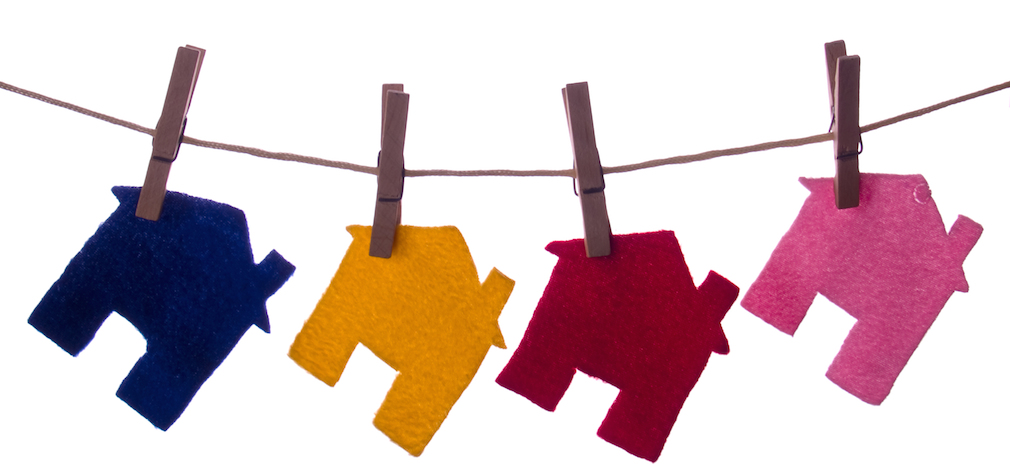Even before Brexit hit, mortgage rates were at historical lows, igniting a surge in demand for home equity loans this year.
According to new results from the American Bankers Association’s Consumer Credit Delinquency Bulletin, consumers are handling the loan responsibility well, with home-related delinquencies down in two out of three categories compared to the previous quarter.
“As the housing market continues its slow and steady recovery, consumers have more valuable equity at stake, which makes their loan payments even more of a top priority,” said James Chessen, ABA’s chief economist.
“Growing equity also makes new home equity loans a viable option for qualified home owners. The market for home equity loans and lines will likely continue to grow as a larger pool of qualified borrowers looks to take advantage of low rates to make property improvements or pay off higher-interest debt,” he continued.
Home equity line delinquencies dropped 3 basis points to 1.15% of all accounts. Meanwhile, home equity loan delinquencies increased 6 basis points to 2.74% of all accounts after falling 23 basis points in the previous quarter.
It’s important to note that the first quarter marks the first time since 2008 that both home equity loan and line delinquencies are at or below their 15-year averages.
As far as the third category, property improvement loan delinquencies fell 3 basis points to 0.89% of all accounts.
For background, Bankrate explains that there are two types of home equity loans: term, or closed-end loans, and lines of credit.
A home equity loan comes in one-time lump sum that is paid off over a set amount of time, with a fixed interest rate and the same payments each month.
On the other hand, a HELOC is more comparable to a credit card.
At the start of this year, Black Knight reported that HELOCs started to surge in 2015 and was only predicted to maintain its upward trajectory into 2016.
At the time, Black Knight Data and Analytics Senior Vice President Ben Graboske said, “In total, we’re looking at over 37 million borrowers with current CLTVs below 80% that have an average of $112,000 equity available to tap in their homes, an increase of 3.1 million from just a year ago.”
The growing potential of borrowers who could capitalize on low interest rates paired with lenders trying to find new sources of business created a new surge in home equity loans.
After the financial crisis, home equity lines of credit fell to the wayside as lenders scaled back on giving out second liens and many cut existing credit lines to avoid new defaults, an article in The Wall Street Journal by Annamaria Andriotis said.
But this all started to change due to increasing property values, the growing number of homeowners who have equity available for withdrawal and lenders needing to offset faltering mortgage originations.
And going back to the ABA report, consumers aren’t going to the days of defaulting.
“More people have jobs, wages are higher, home values have increased and consumers didn’t overextend themselves during the holiday season,” said Chessen. “Even with a mild slowdown in the economy in the first quarter, consumers have shown a remarkable ability to ensure their debt levels are manageable.”





